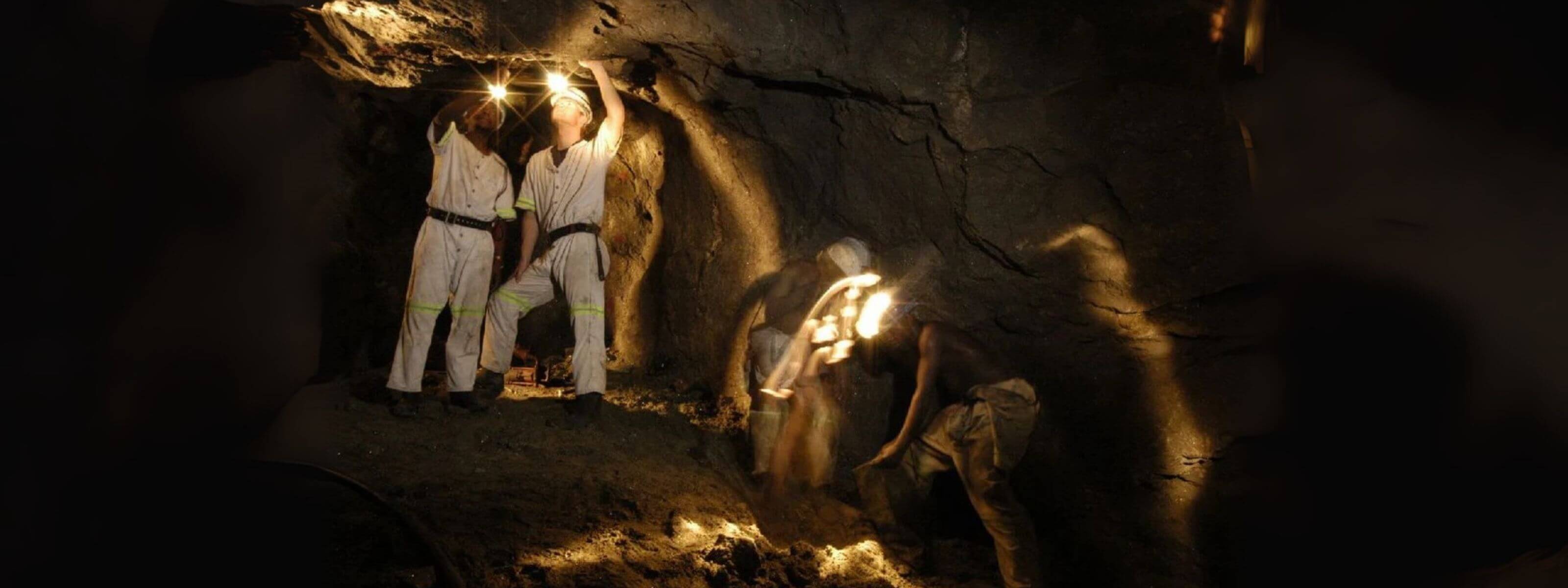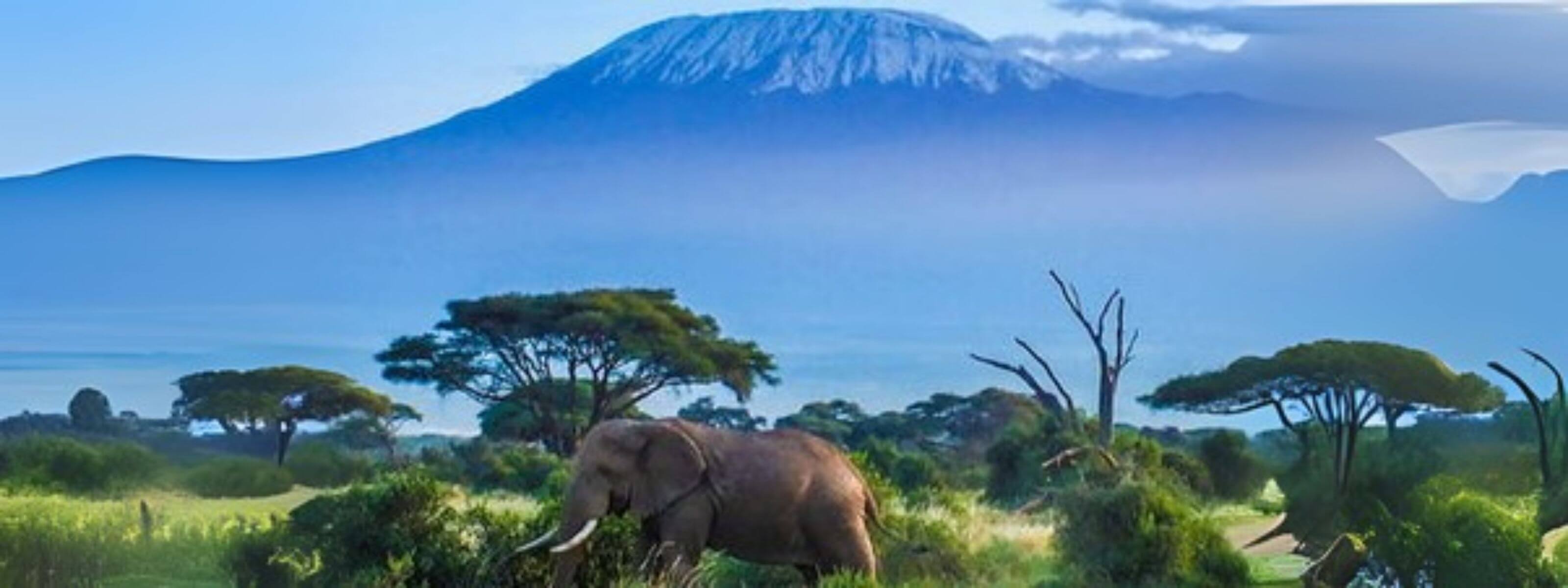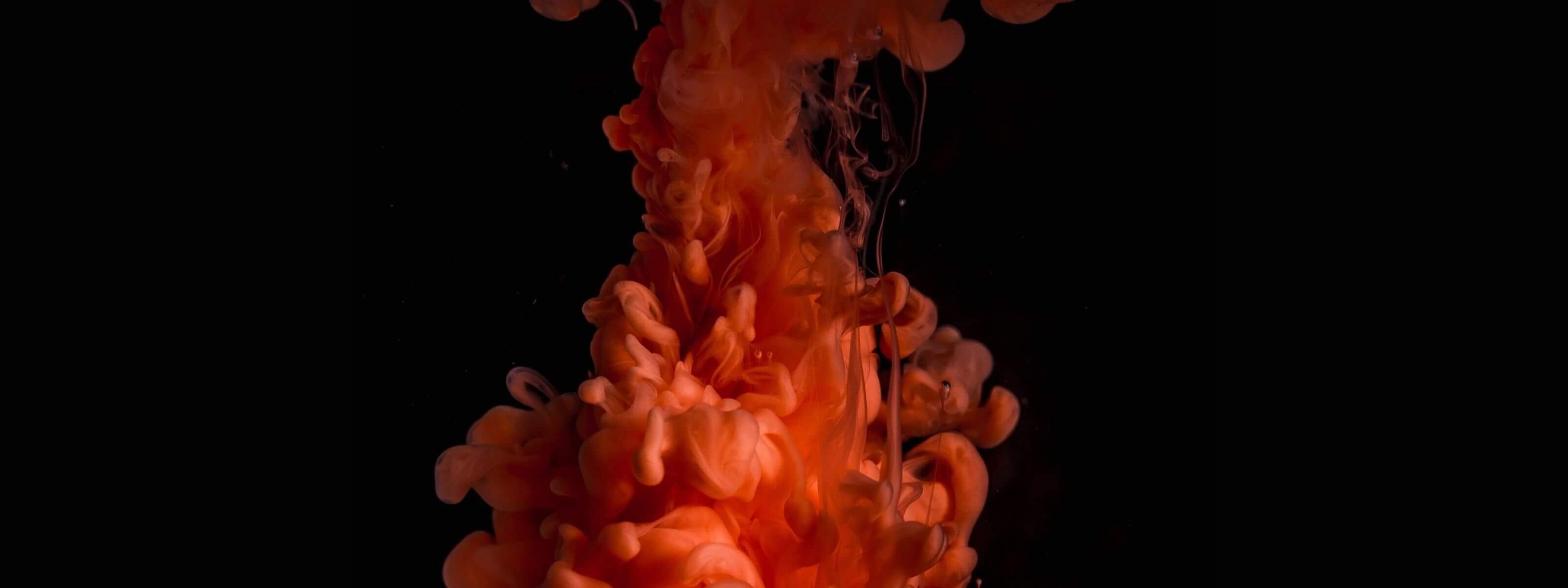TANZANITE EDUCATION HUB

TANZANITE IS AN EXTRAORDINARY GEMSTONE
The gem occurs only in one place on Earth, and its supply is likely to run out by the end of the current generation. Tanzanite’s mesmerizing blue, wreathed in a fine hint of violet, is unique in the world of gemstones. The idea of owning something that few others possess has always been one of the biggest appeals that gems hold—and tanzanite's uniqueness and rarity makes it a true luxury.
The History of Tanzanite
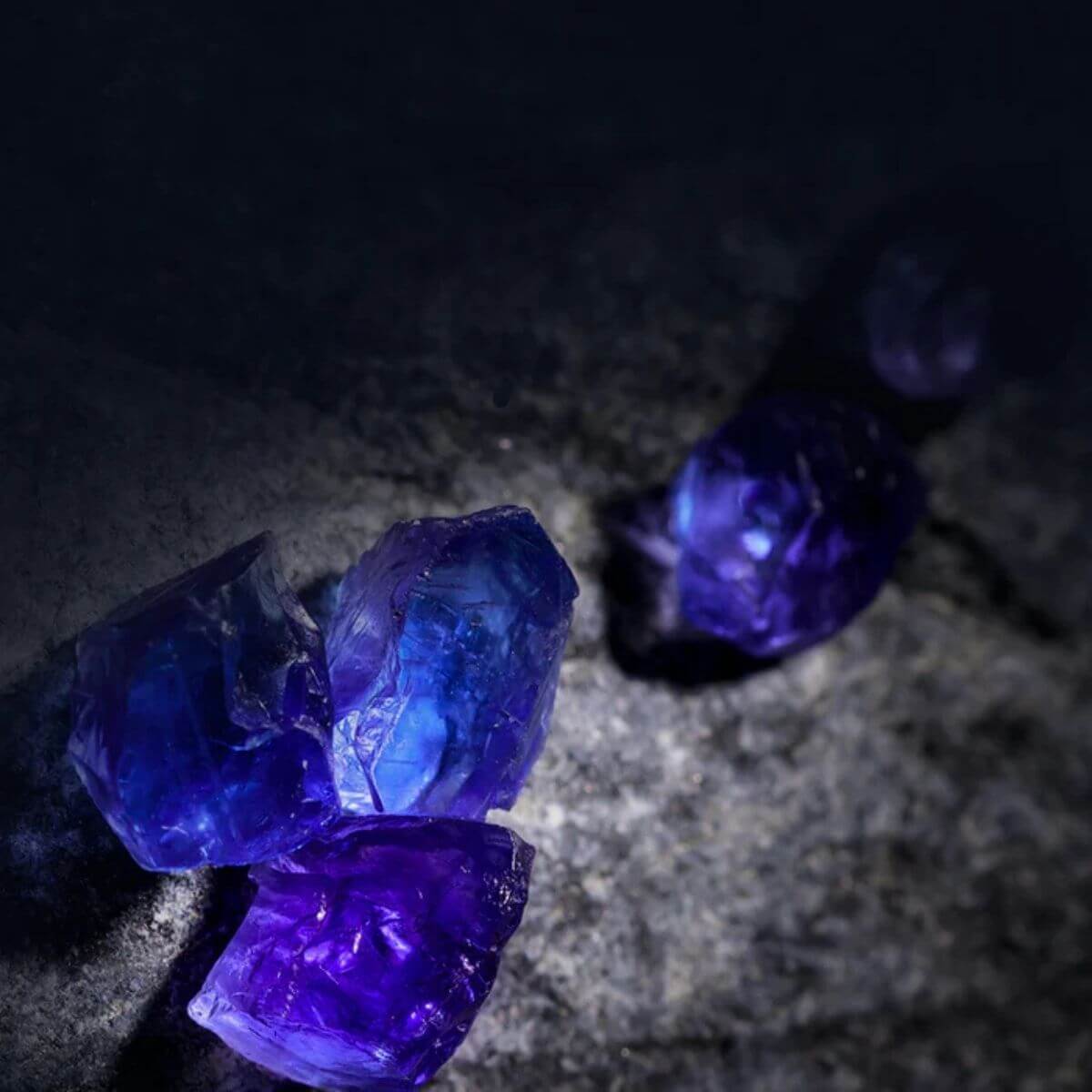
A BRAND NEW GEMSTONE IS DISCOVERED
1967
It was the Maasai tribesman Ali Juuyawatu who first stumbled upon tanzanite crystals in 1967. At first, the stones were believed to be unusually vibrant sapphires—yet they proved to be more complex, their color more exotic.
When geologist Manuel de Souza examined the crystals, he had no idea he had encountered a gemstone the world had never seen: one that didn't yet have a name.
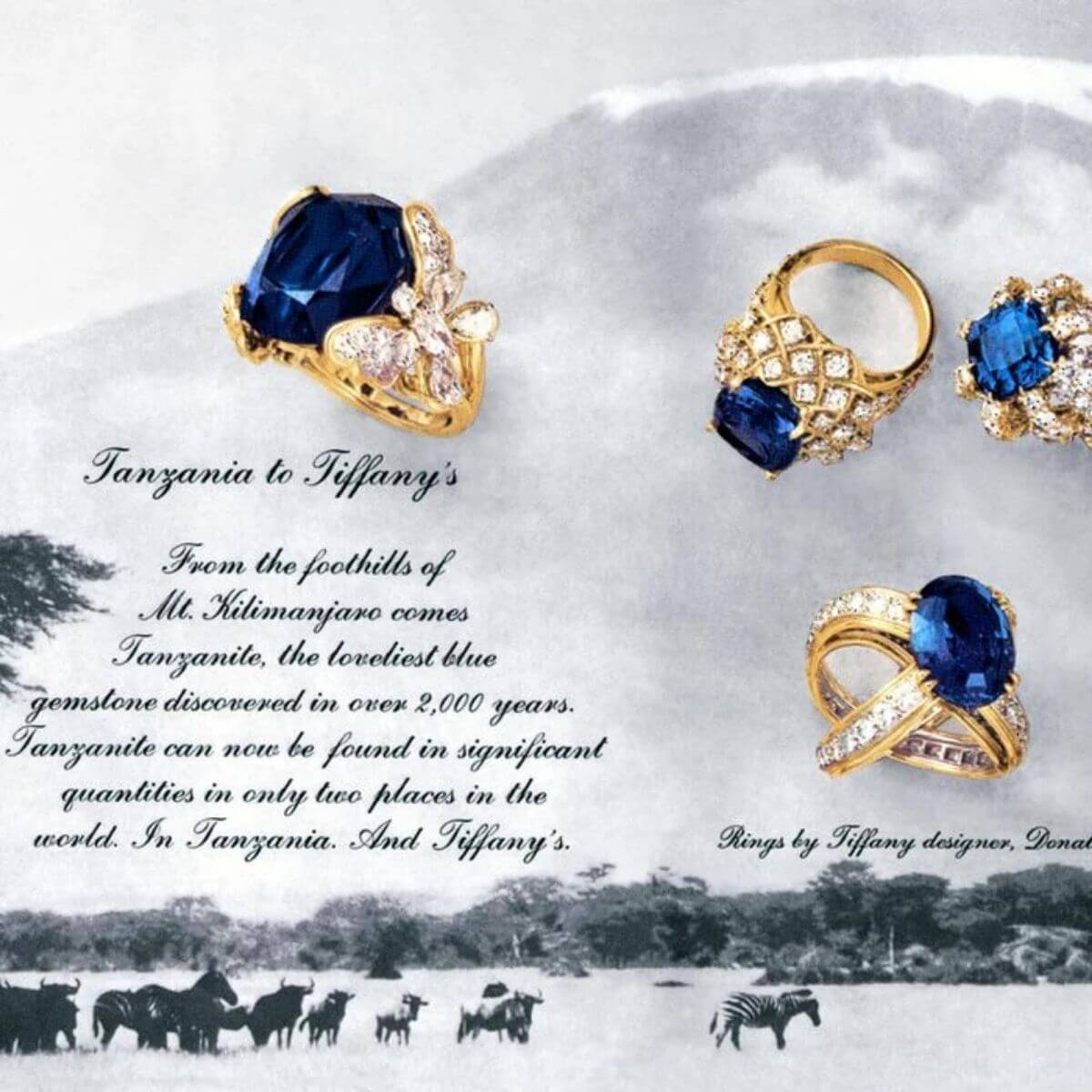
Named by TIFFANY & CO.
1968
After learning about the new precious stone discovery in Tanzania, New York’s celebrated jewelers Tiffany & Co. were the first to bring this dazzling gemstone to the world in 1968.
Christening the new find “tanzanite” after its country of origin, Tiffany declared it to be “the most beautiful blue stone to be discovered in 2,000 years.”
Tiffany proudly stated that tanzanite could only be found in two places on Earth: “in Tanzania and at Tiffany’s.”

Be born to tanzanite
Named December's Birthstone
Tanzanite is one of the official birthstones for December. It was included in the list in 2002, making it the first new addition since 1912.
December is also associated with turquoise, blue topaz, and blue zircon, offering those born in the last month of the year a variety of blue gemstones to call their own.
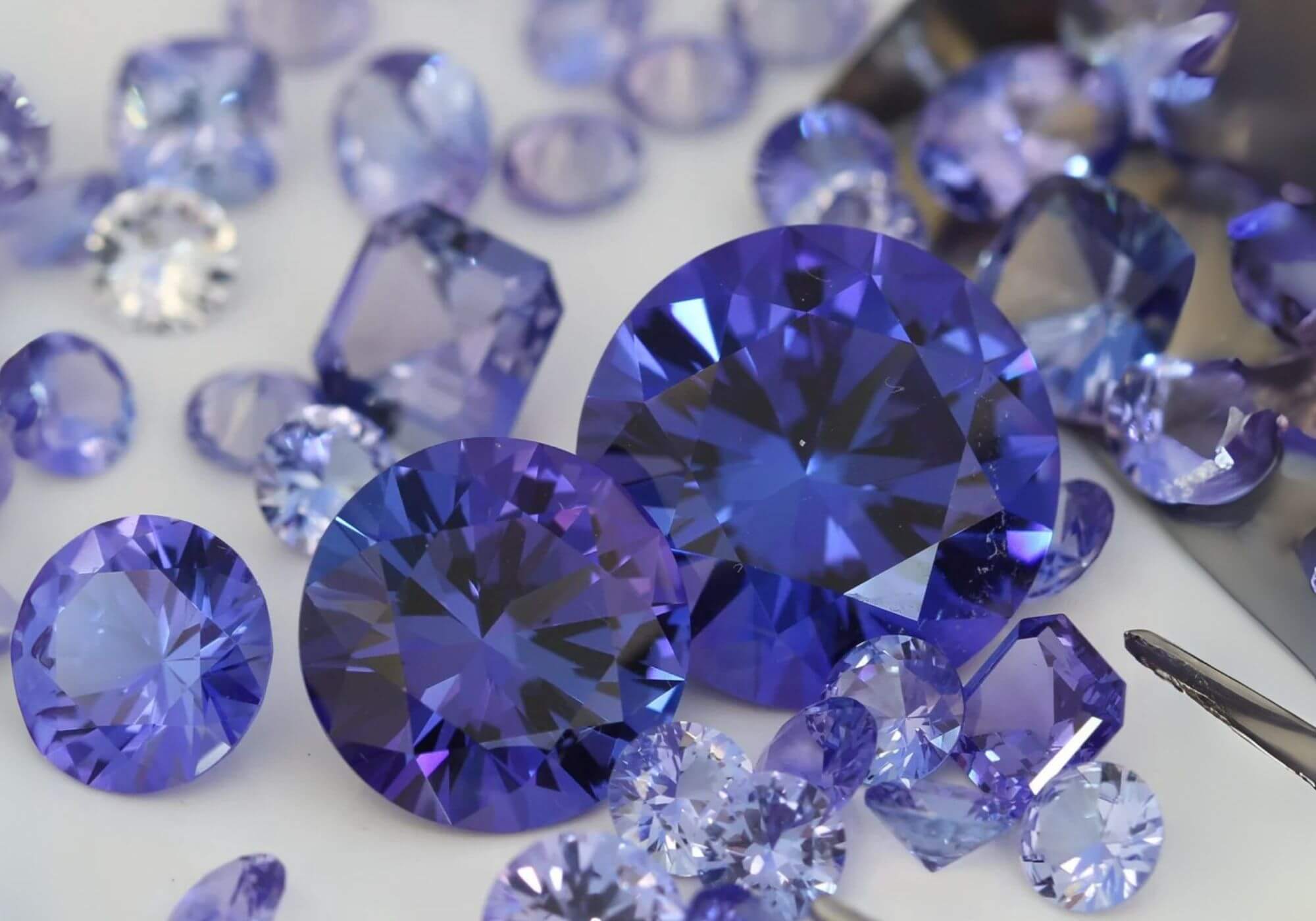
Tanzanite's 4 C's
COLOR
One of tanzanite's signature features is that it shows two colors at once. Each tanzanite is always a unique mix of blue and violet.
Tanzanite’s color can range from pastel violets and blues, to very bright, intense royal blue-violet that rivals the finest sapphires.
Learn more about color…
CUT
Unlike diamonds, which come in standardized cuts and similar shapes, every tanzanite is cut differently to maximize the individual stone’s beauty and unique color.
Learn more about cut…
CARAT WEIGHT & SIZE
As tanzanite’s dimensions vary, these gemstones are measured by carat weight as well as their face-up dimensions.
Learn more about carat weight…
CLARITY
A gemstone’s clarity is determined by the number and size of inclusions it contains. The fewer, smaller, and less conspicuous the inclusions, the higher the clarity—and more valuable the gem.
Learn more about clarity…
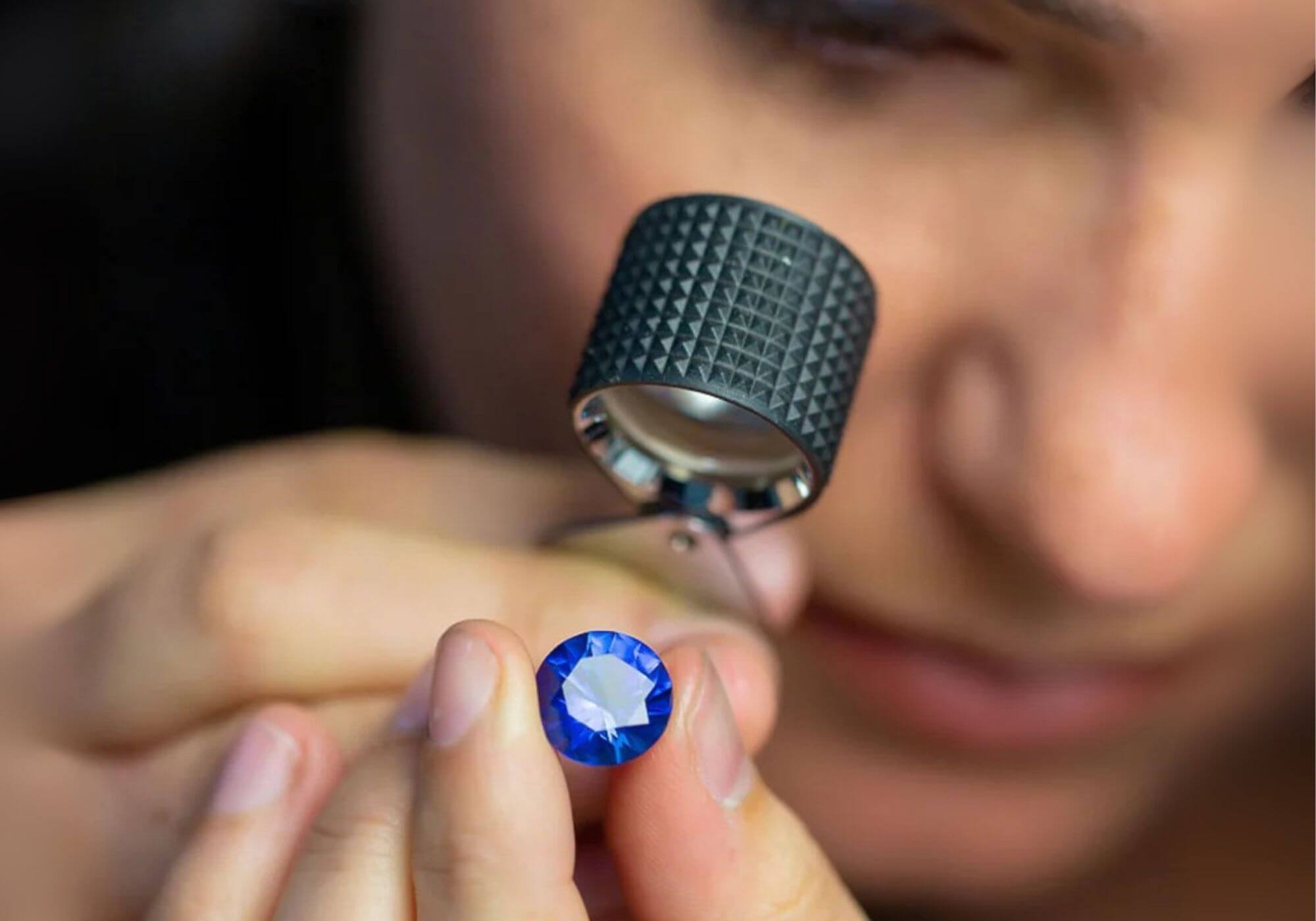
TANZANITE BUYING GUIDE
Learn what to look for when choosing the perfect tanzanite gemstone, helping you avoid the most common pitfalls and get the best possible value on your purchase.
THE one and only TANZANITE MINING AREA
Tanzanite is only found in one place on Earth: Merelani, a region in a far-flung corner of Tanzania, near Mount Kilimanjaro, the highest mountain in Africa. The entire area is only 7 kilometers long. It is mined by hundreds of small-scale miners with simple equipment, and several medium-sized companies with more modern tech. While it's clear that the tanzanite supply is diminishing daily, no-one is sure exactly how long the deposit will last. In 2013, independent geologists assessed the largest tanzanite mine, Tanzanite One, as having only 30 years left. The smaller mines in the area remain unmeasured.
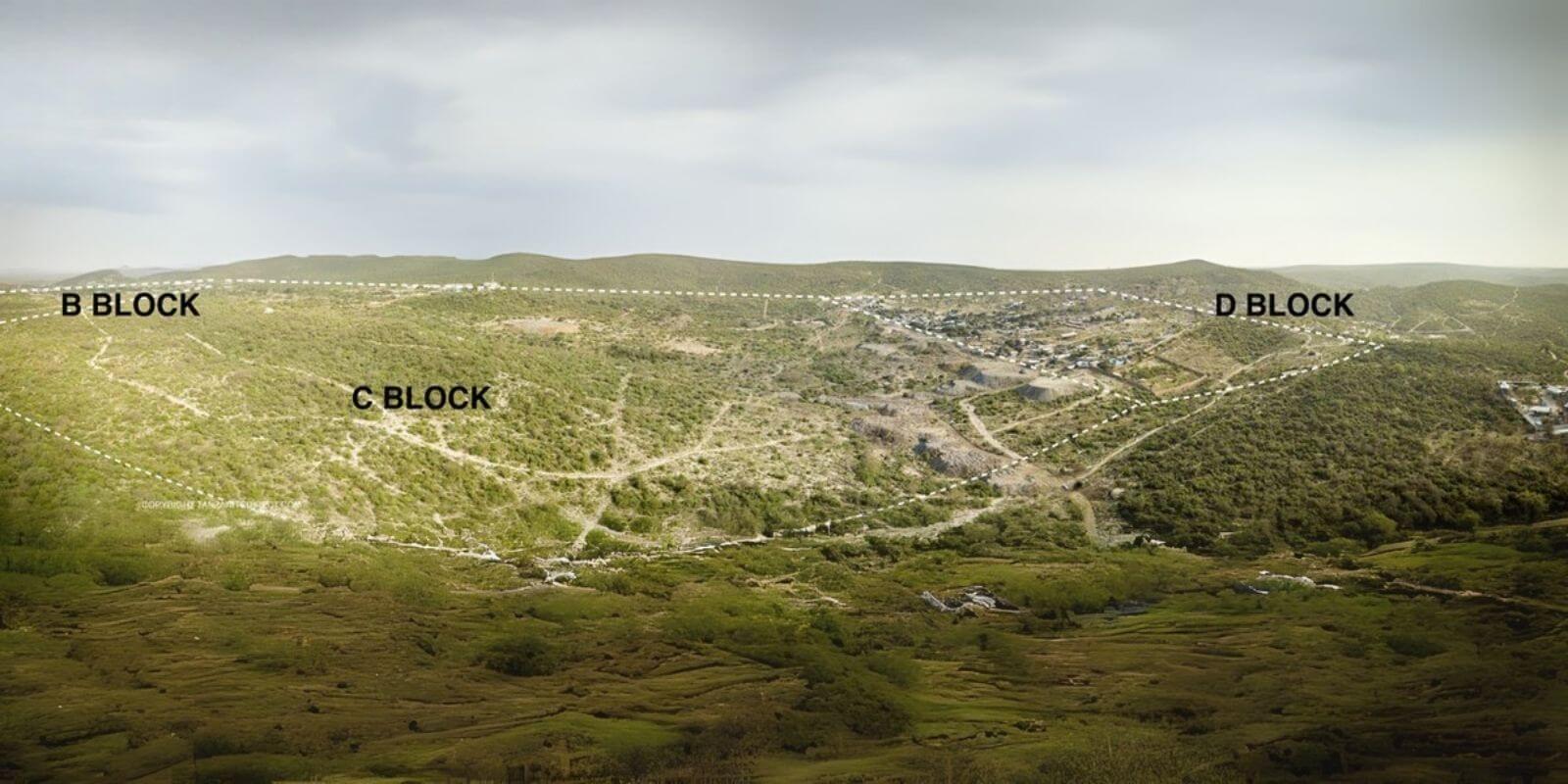
Aerial view of the world’s only tanzanite deposit. The whole area is only 7 km x 1 km. In 1990, the Tanzanian Government split up the area into four blocks, named A through D.
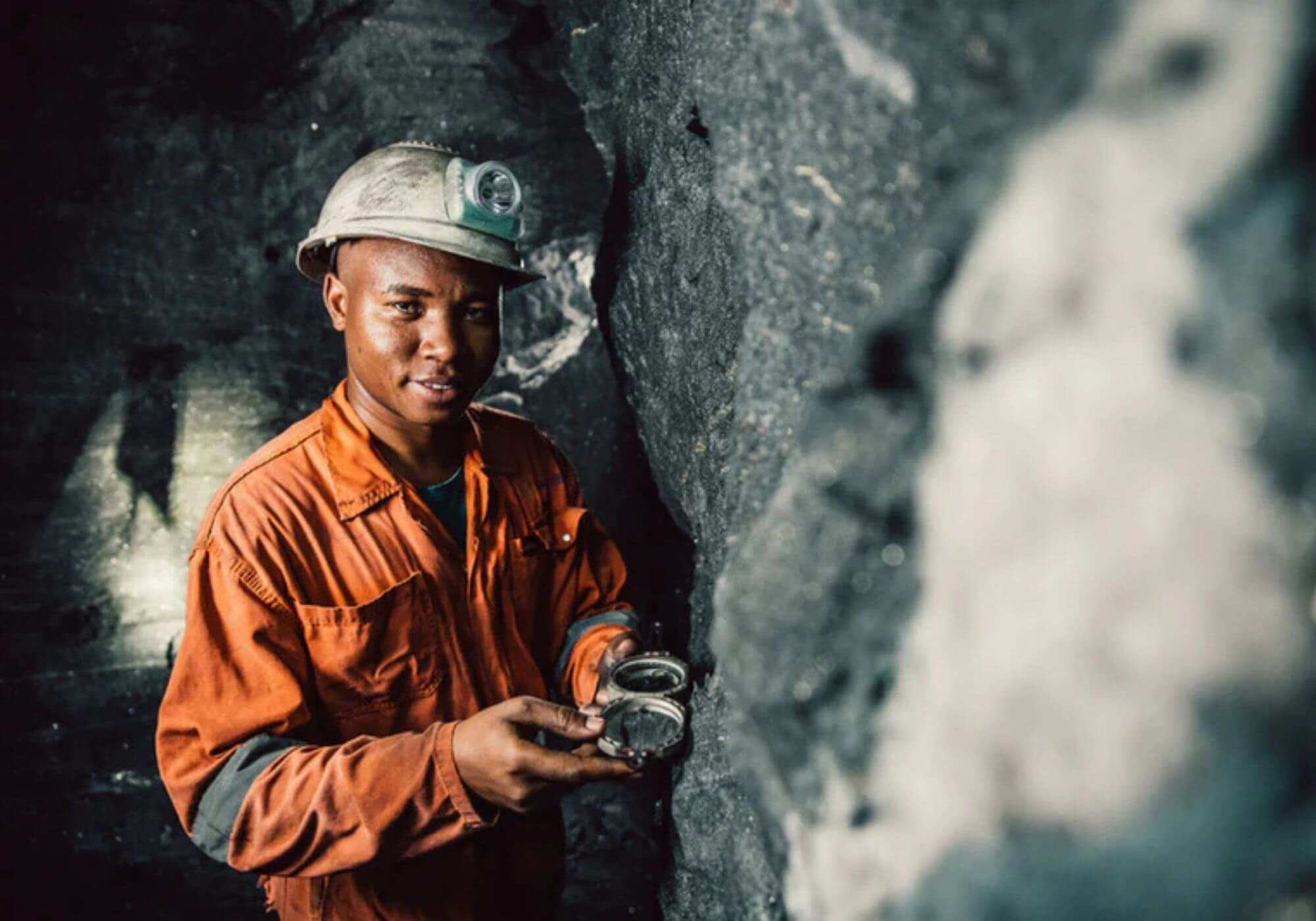
SEE THE SOURCE OF OUR TANZANITE
A GLIMPSE INTO YOUR GEM’S JOURNEY
Every gemstone you see on our website can be traced right back to the mine where it was found. Take a look under the surface in Merelani, Tanzania, where all our tanzanite comes from.
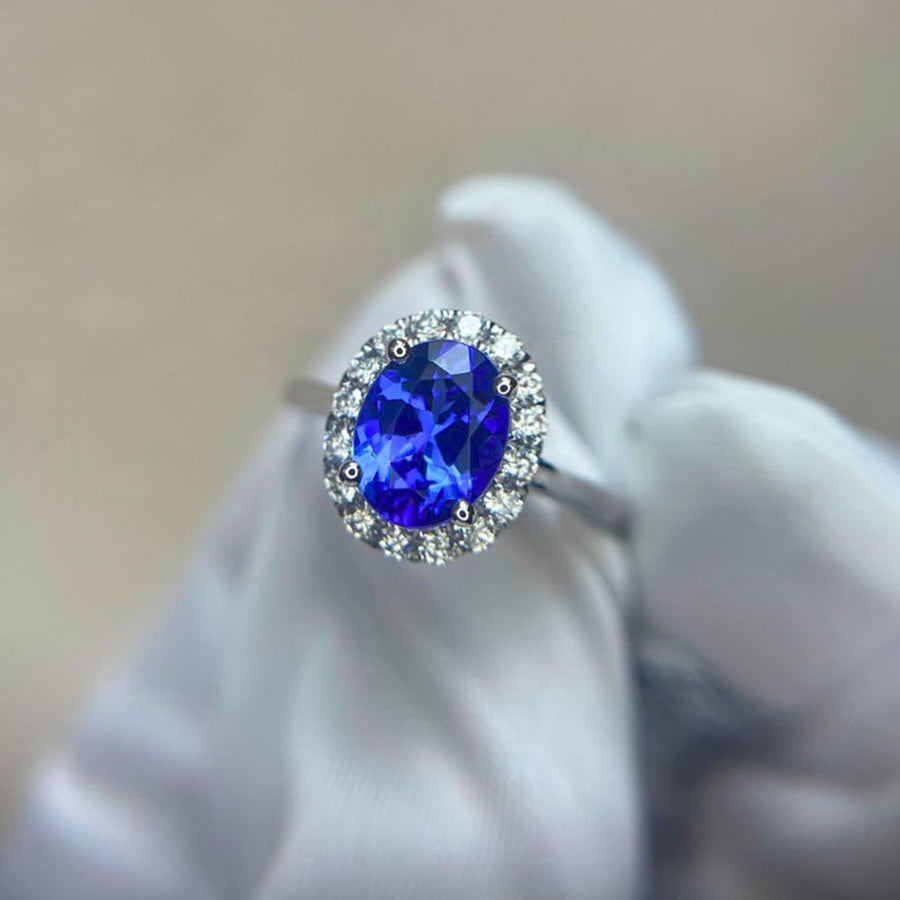
When you buy from us, you're getting only the very best
Frequently Asked Questions
How rare is tanzanite, really?
Tanzanite is only found in one place on the globe. Experts believe that the geological conditions required for tanzanite formation are so unfathomably random that the chances of another tanzanite deposit occurring anywhere else on Earth are close to zero. Tanzanite’s single source and limited supply make it at least 1000 times rarer than diamonds.
Is unheated tanzanite more valuable?
No. Tanzanite is universally expected to be heat-treated to bring out its vivid blue-violet color. This treatment is standard and does not affect the stone’s value. Tanzanite's price is determined by color, clarity, cut, and carat weight, not by whether it has been heated.
What is “D Block” tanzanite, and is it better than others?
“D Block” refers to one of the four sections of the world’s only tanzanite deposit. While it has a legendary reputation, tanzanite quality does not depend on the block. Exceptional stones can come from any part of the deposit.
What is the best color of tanzanite?
Darker tanzanite is rarer than the more common pastel or sky-blue shades, so it typically commands a premium price. However, all tanzanite is rare, and the “best” color is ultimately the one you love and feel drawn to.
How soft is tanzanite?
While tanzanite is not as hard or tough as sapphire, it is still perfectly suited for all types of jewelry, with proper precautions against rough wearing or hard blows.
How is Tiffany & Co. related to tanzanite?
After the discovery of tanzanite in 1967, Tiffany & Company introduced it to the world in 1968. They named the gem, and called it “the most beautiful blue gemstone to be discovered in more than 2,000 years”.
Tiffany & Co. were the first company to stock tanzanite in the USA, and for the first decade or so, they had exclusive rights to market the gem in the United States.
How Tiffany & Co. Made Tanzanite Famous
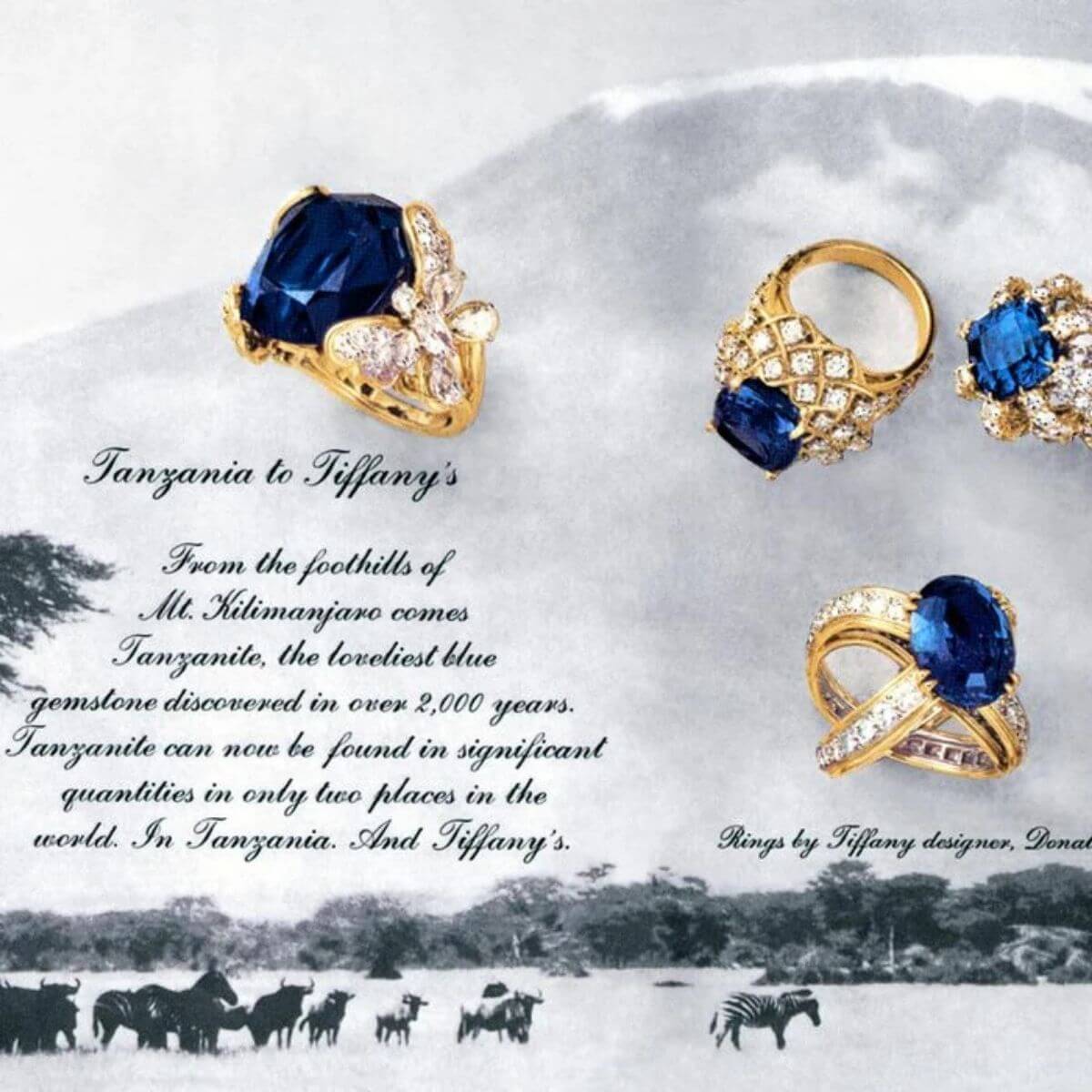
1967
Tiffany bring Tanzanite to the world
Shortly after tanzanite was discovered, Tiffany & Co. recognized its extraordinary beauty and secured a deal to become its main distributor. They marketed tanzanite as a gem to rival sapphires, highlighting its rarity and vivid color.
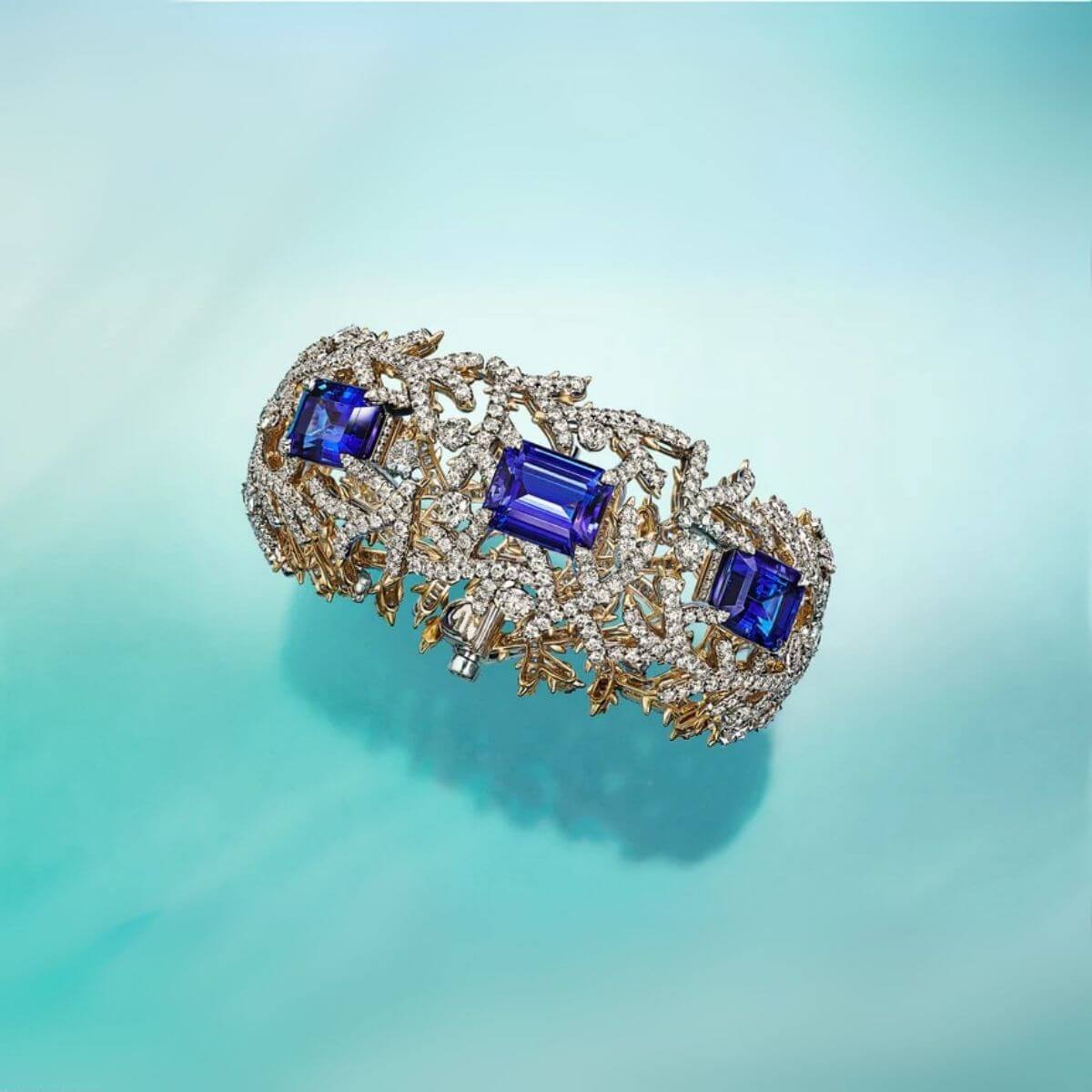
1968
Renamed by Tiffany & Co.
Tiffany renamed this new stone “tanzanite” after its country of origin, as the original scientific name, "blue zoisite," was thought to be less appealing.
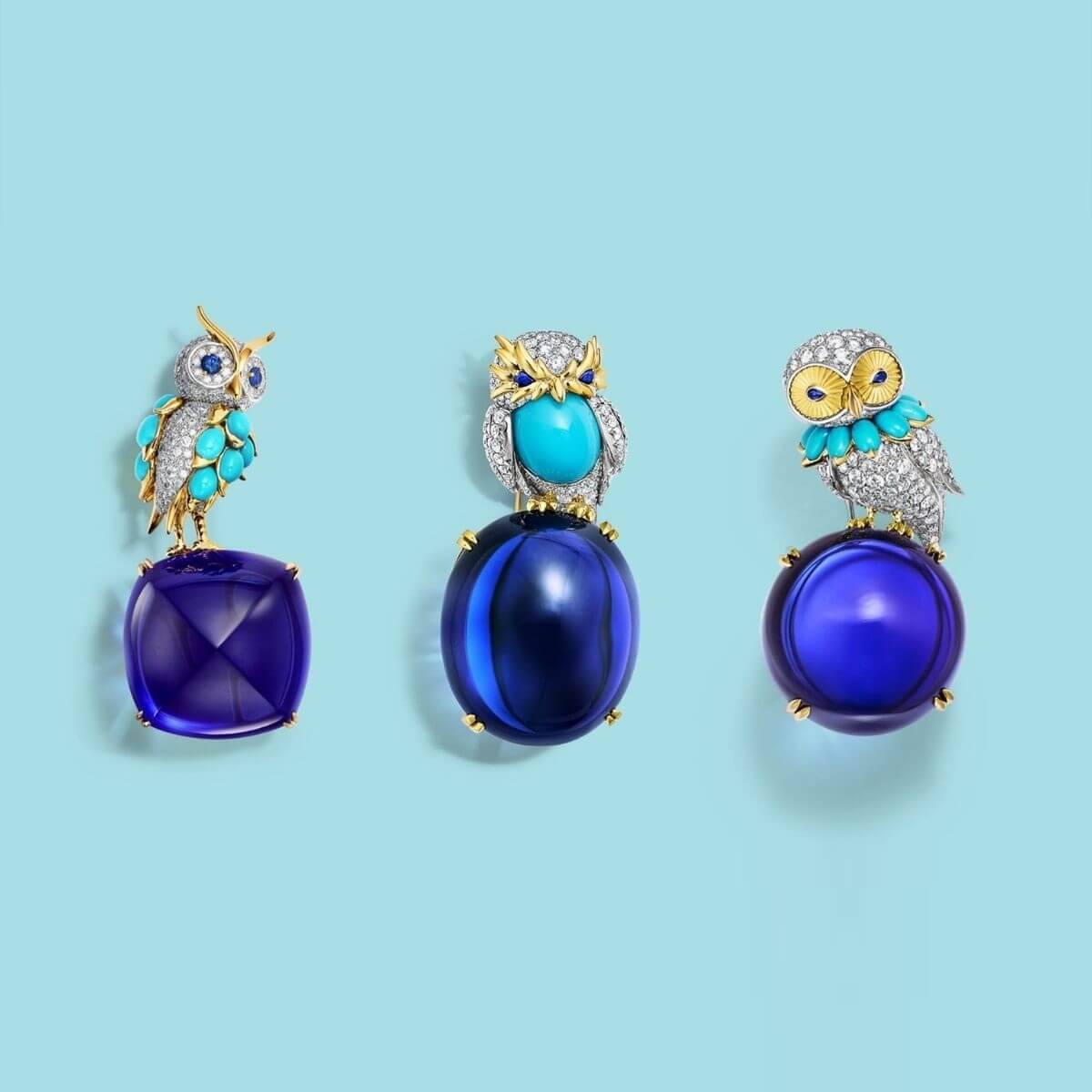
1968
“the most beautiful blue gemstone discovery in 2,000 years”
Henry B. Platt, great-grandson of Louis Comfort Tiffany and the President of Tiffany & Co., hailed tanzanite as “the most beautiful blue gemstone discovery in 2,000 years”
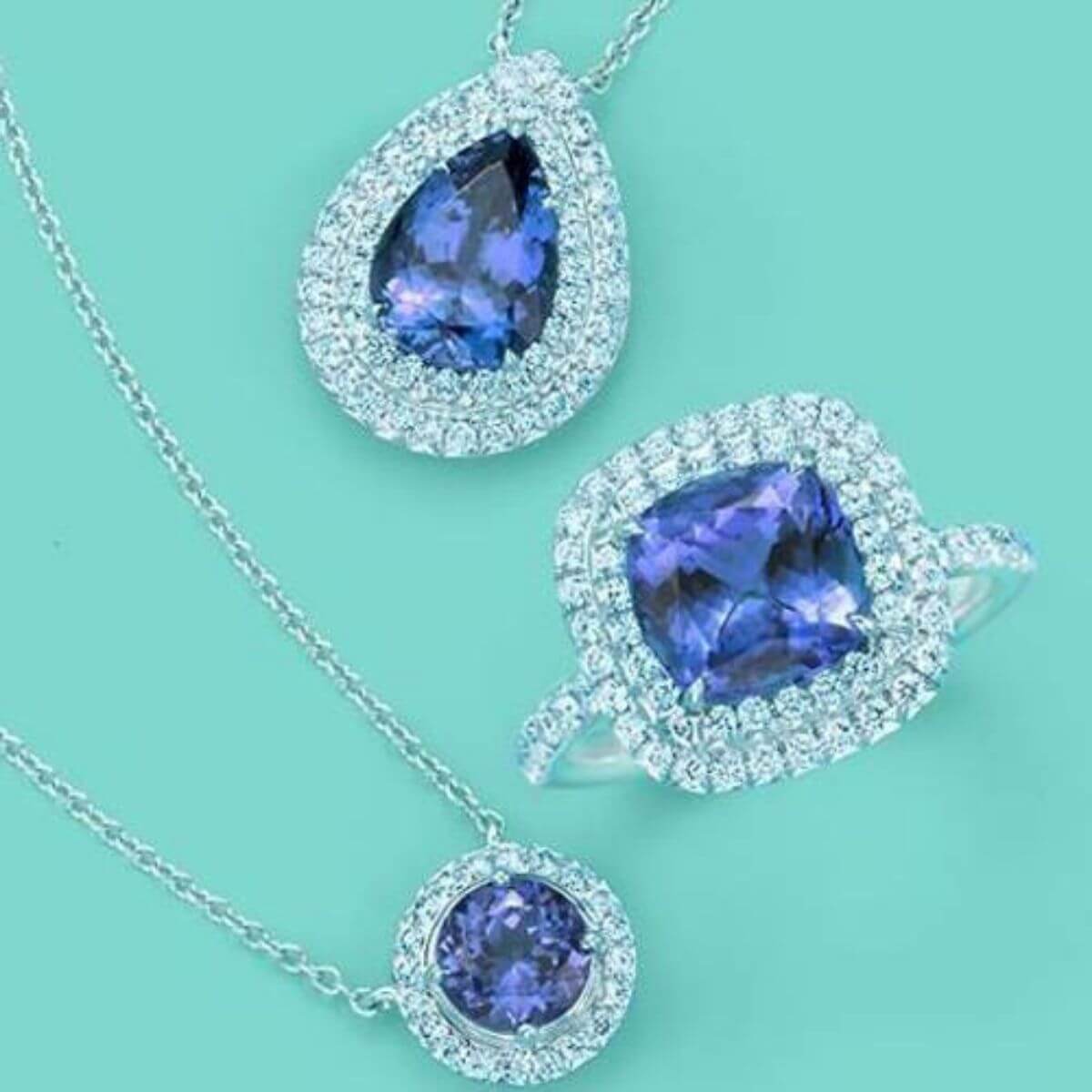
1968 - present
Tiffany Showcases Tanzanite’s Brilliance
Tiffany’s ongoing work with tanzanite showcases both innovation and respect for the gemstone’s rarity and beauty.
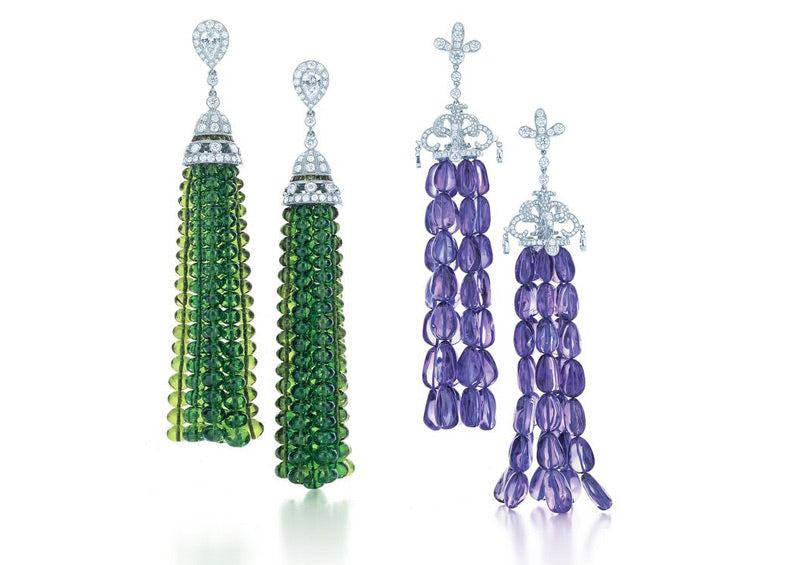
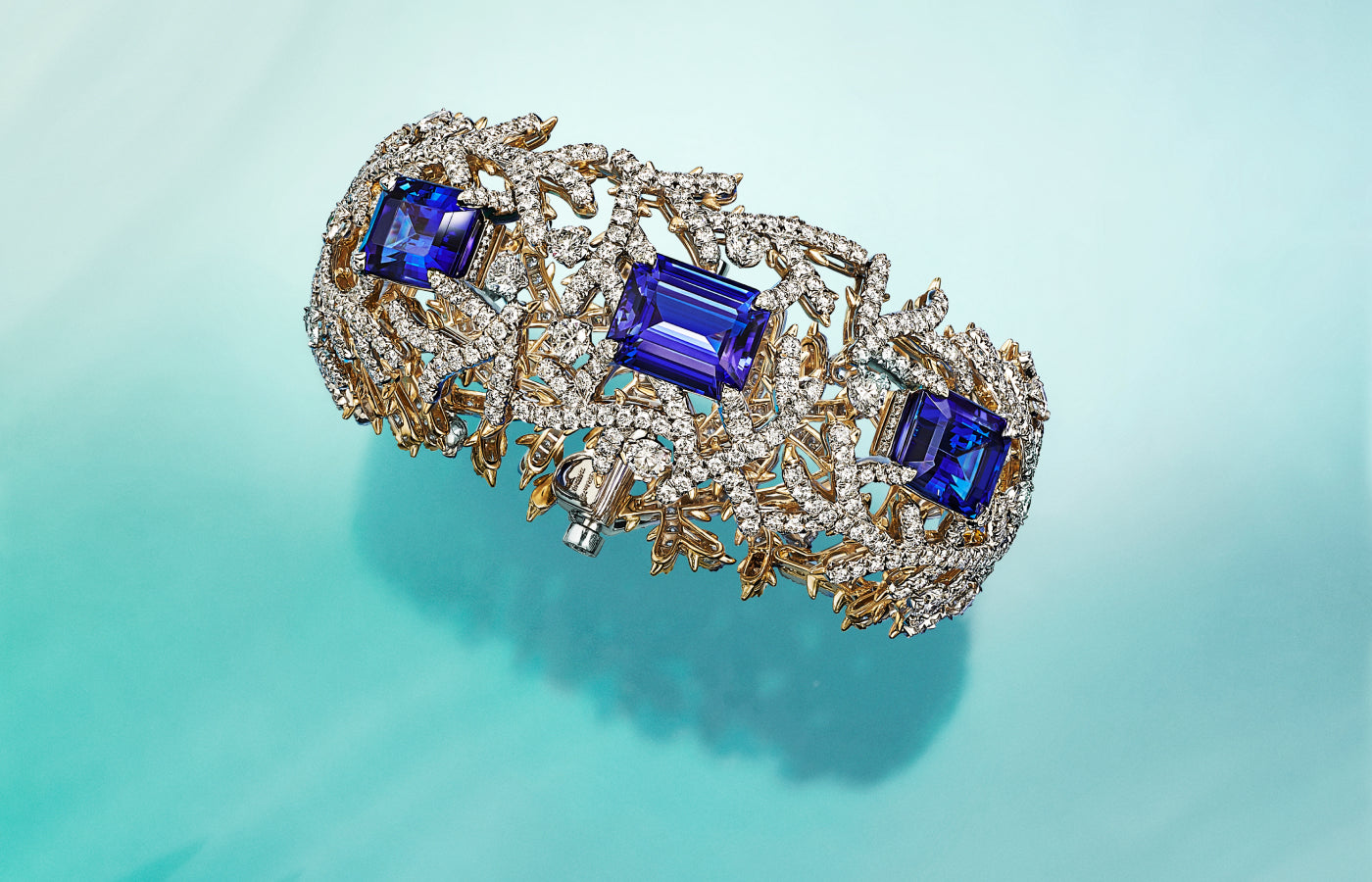
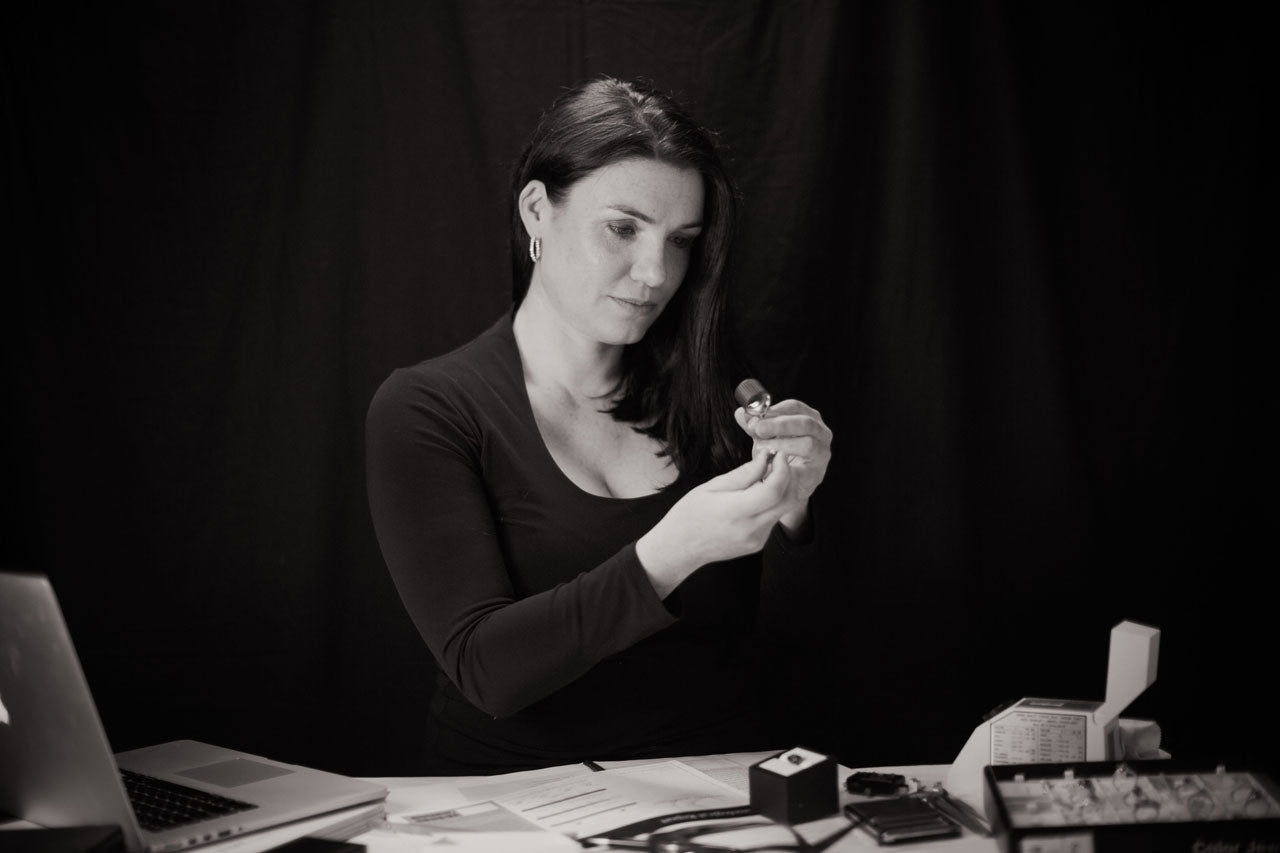
PROFESSIONAL GEMOLOGIST INSIGHTS
Hi, I'm Linda Kennedy, the founder and gemologist of Tanzanite Direct.
The articles on this website represent the experience and expertise I’ve gained from my years working for the world’s largest tanzanite mining company and grading thousands of tanzanites. I hope that the insights I share with you will help you learn more about tanzanite, avoid the most common pitfalls, and get the best possible value on your purchase.
If you would like some help in choosing a gemstone or a piece of jewelry we offer, I'm happy to offer you a personal consultation.
PROFESSIONAL GEMOLOGIST INSIGHTS
This series of in-depth articles will help you gain a greater understanding of tanzanite.
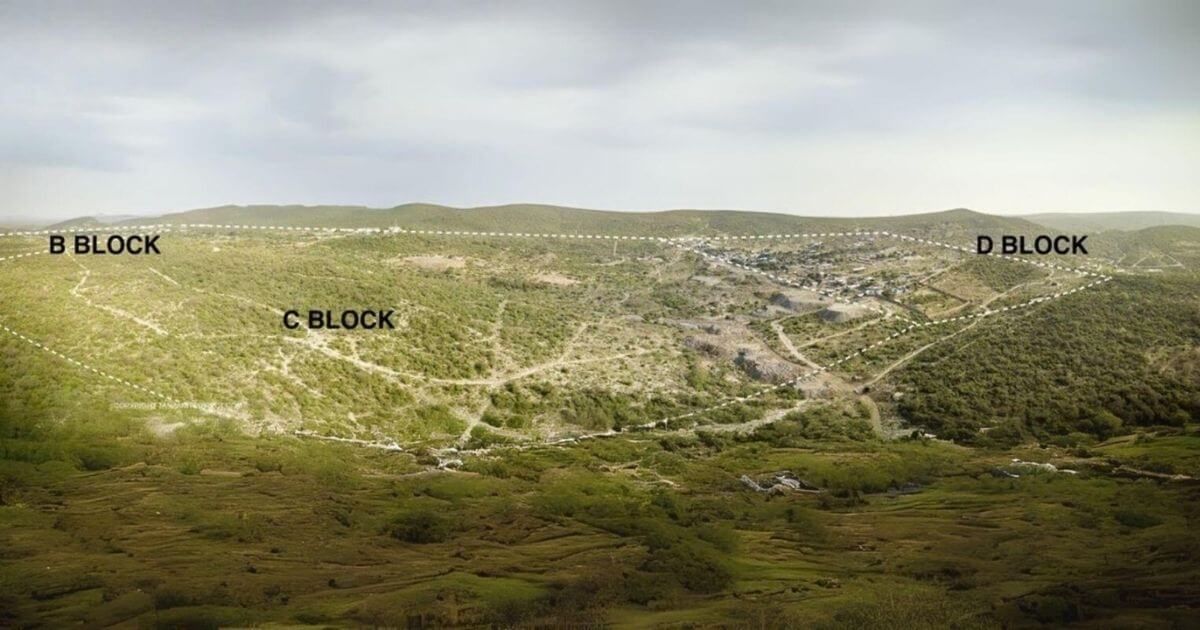
The D Block has developed somewhat of a legendary reputation, but there is zero evidence linking a tanzanite's quality to which part of the deposit it came from.
Read more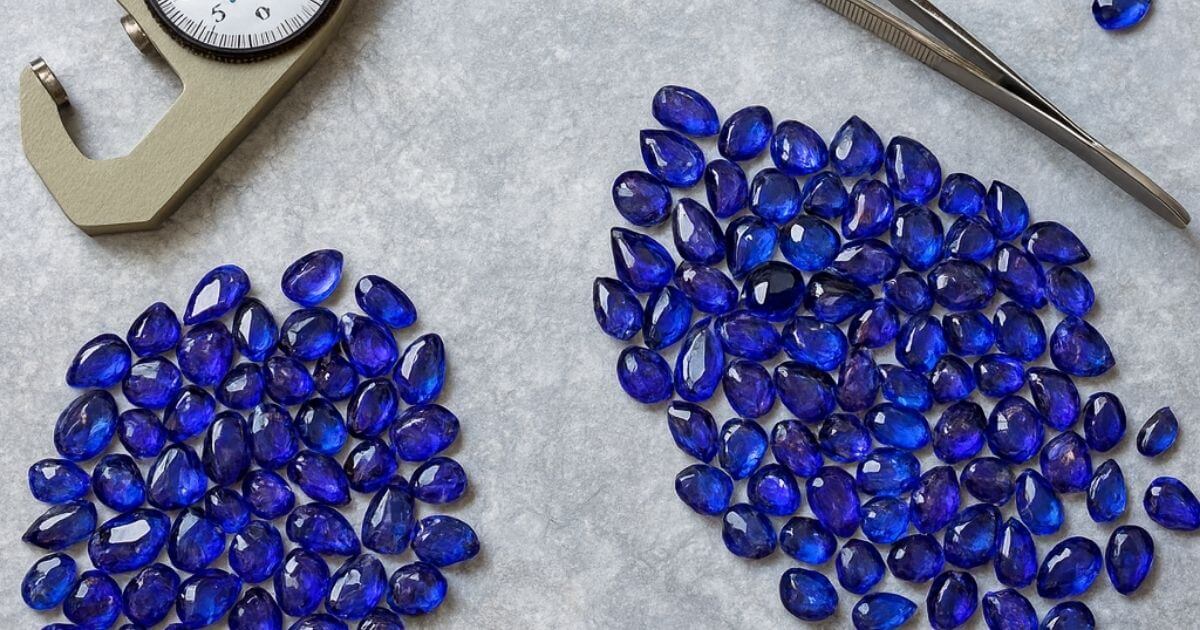
Is Laser Engraved Tazanite Better?
Laser engraving on a tanzanite may assist identification, but isn’t necessarily a sign of higher quality, as it does not affect the color, clarity, or cut of the tanzanite.
Read more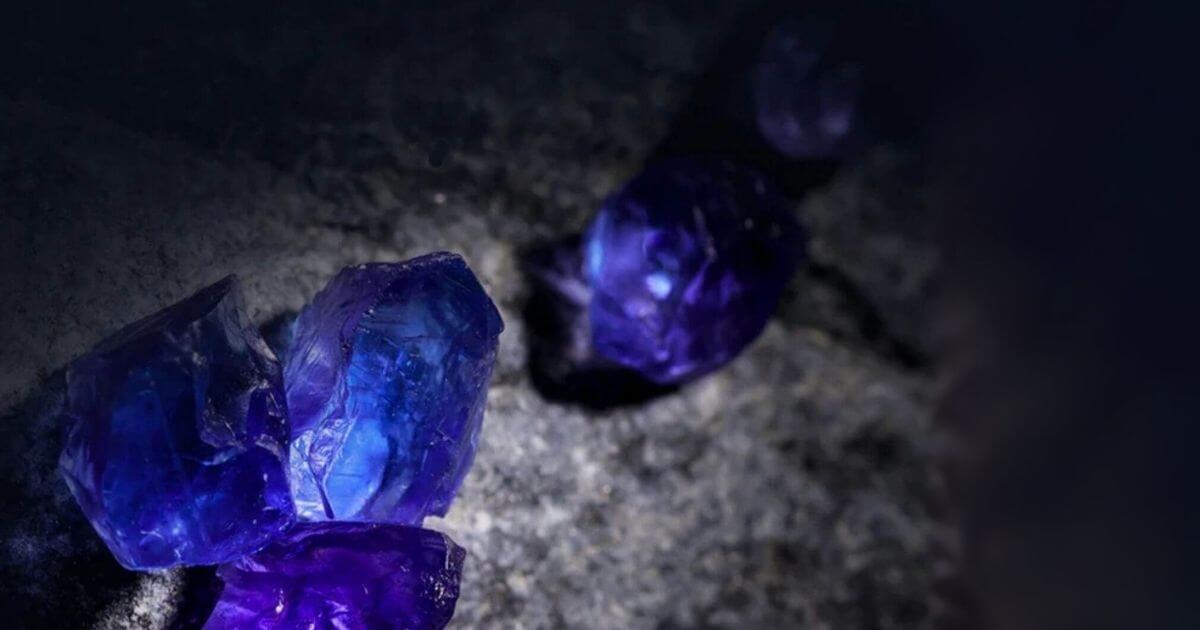
Is it true that the largest tanzanite mine only has a few decades of supply left? Is now is the time to explore and secure this stunning treasure before it’s gone?
Read more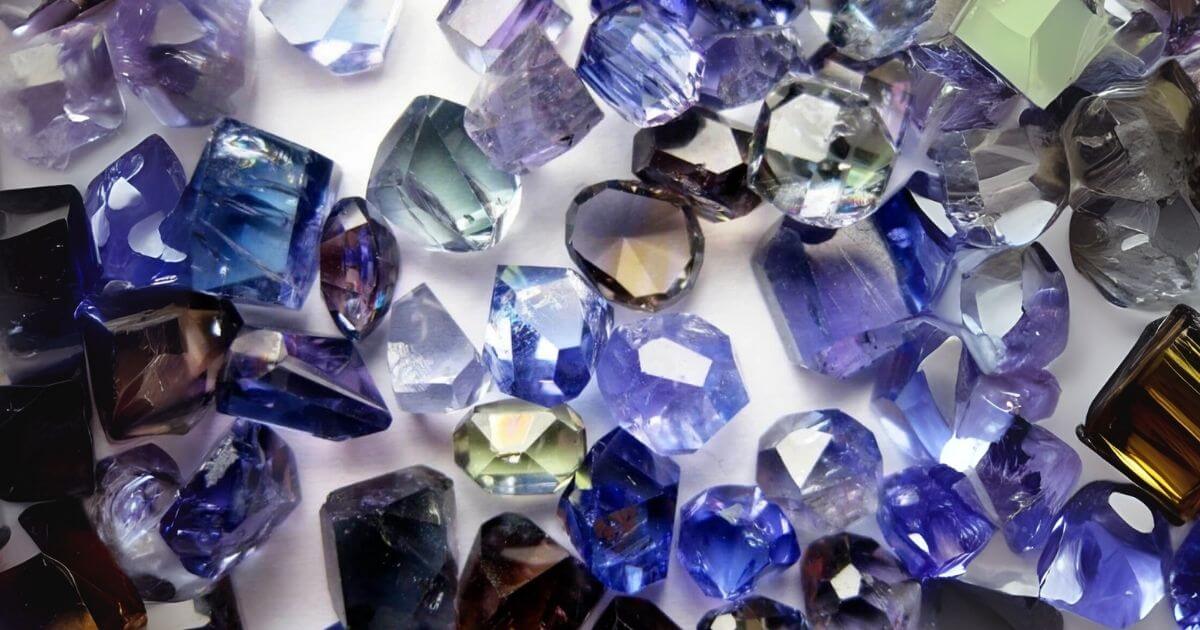
Is Unheated Tanzanite More Valuable?
Don't fall for marketing speak: the truth is, all tanzanite must be heated to reveal its distinctive blue color.
Read more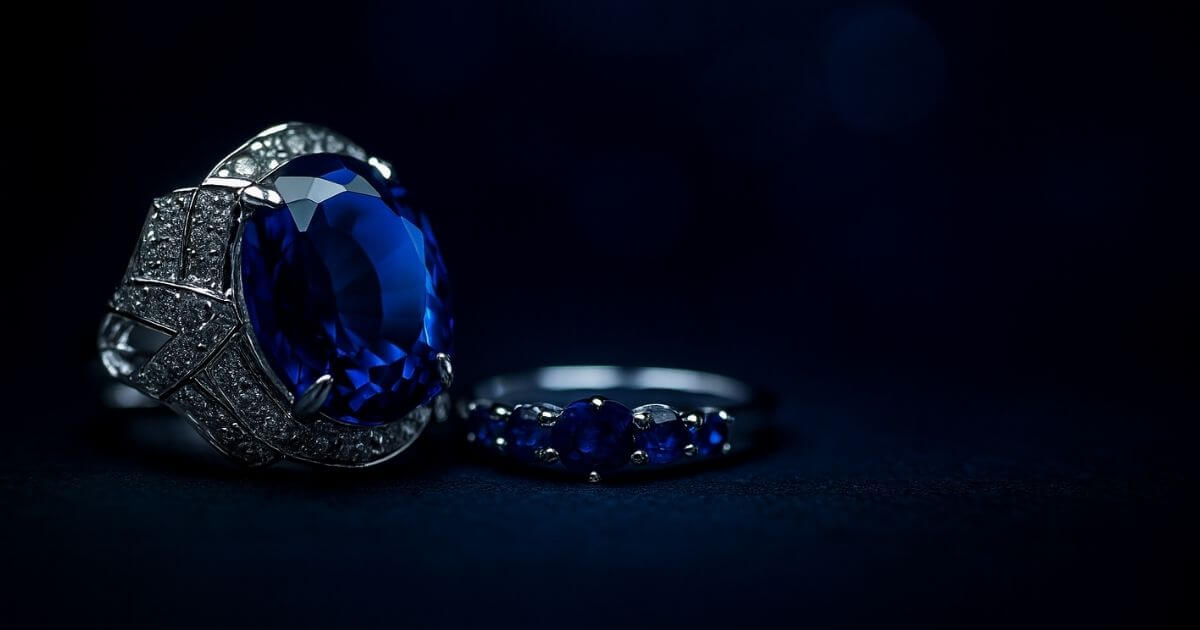
How Hard is Tanzanite? Will My Tanzanite Ring Break?
Tanzanite is softer than sapphire or ruby, ranking 6.5–7 on the Mohs scale. With protective settings and careful wear, this stunning gem can be enjoyed in rings, earrings, and pendants for years.
Read more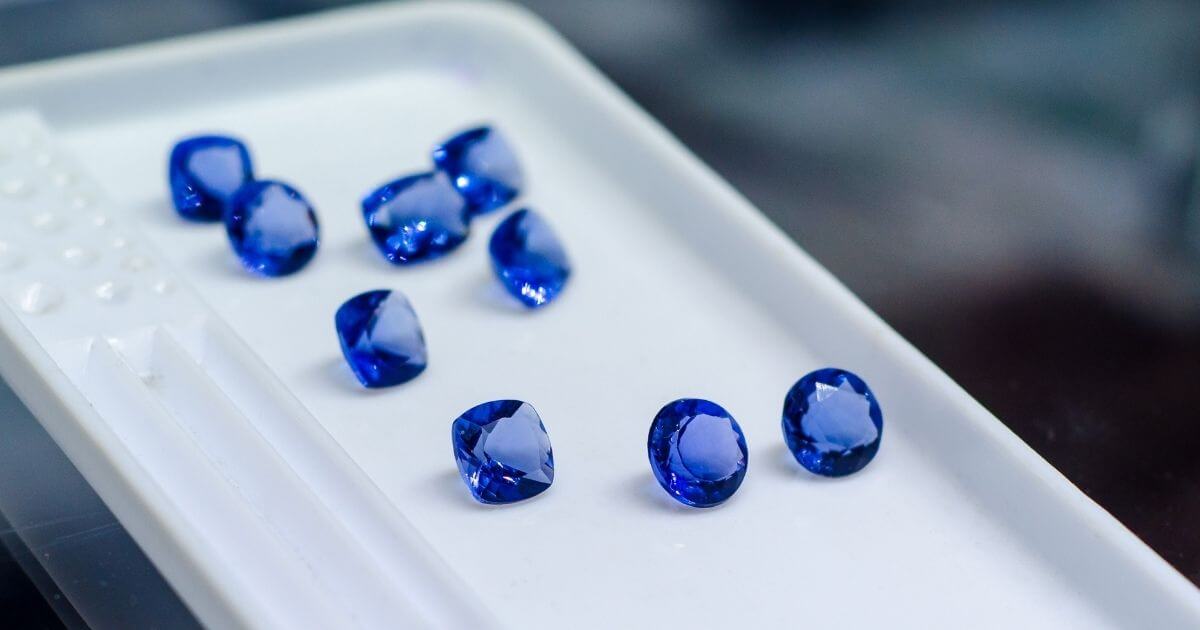
Color Grading Tanzanite Explained
A gemologist's breakdown of tanzanite by hue, tone, and saturation—discover the secrets behind their color grading process.
Read more
